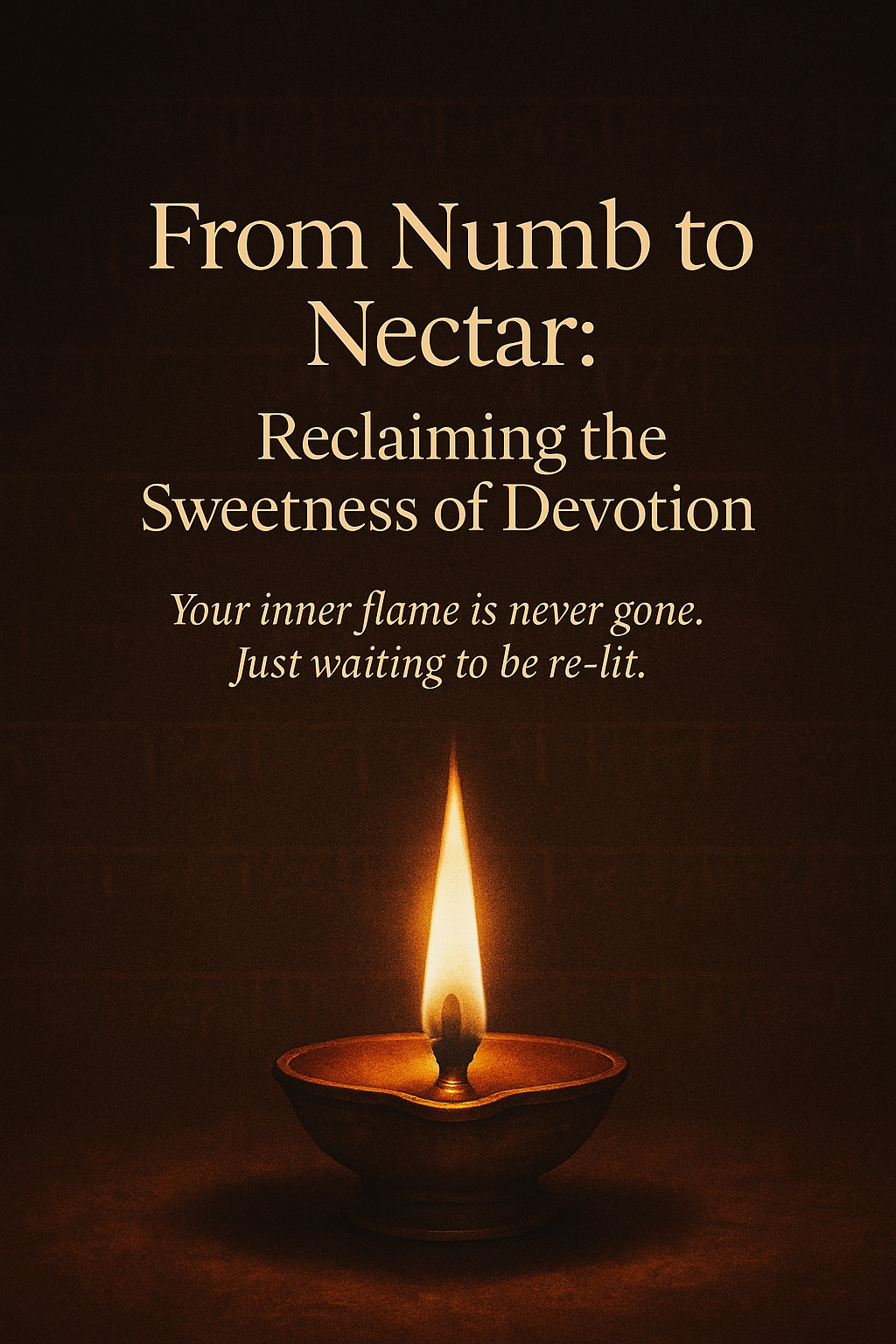Anger is a complex creature—raw, powerful, often misunderstood, and sometimes feared. Yet, it is one of the most integral and honest parts of being human. Like all emotions, anger is a messenger—a sacred signal pointing us toward what needs attention, healing, or transformation.
🔥 Why Do We Feel Angry?
At its root, anger arises when something feels unjust, unacknowledged, or violated—whether that’s a boundary, an expectation, or a core need. Anger doesn’t erupt without cause; it shows up to say, “Something isn’t right here.”
But how we respond to anger—or suppress it—can define much of our emotional and relational experience. Some people fear anger and bottle it up, only to have it fester and manifest as resentment, depression, or anxiety. Others express it explosively and often regret the aftermath.
Neither extreme truly serves. What does serve us is understanding anger’s sacred purpose.
💡 Anger Has a Job to Do
All emotions serve a function—and anger’s function is clarity.
- Anger illuminates where our boundaries have been crossed.
- It points to unmet needs that have been ignored.
- It reveals our passion, our values, and what matters deeply to us.
When approached with curiosity instead of shame, anger becomes a powerful ally in self-discovery and healing.
🧠 Cognitive, Emotional, and Relational Needs
Anger isn’t just an emotional outburst—it’s also deeply tied to our mental frameworks and interpersonal dynamics.
- Cognitive need: Anger might signal a need for fairness, justice, or clarity in how we think the world should work.
- Emotional need: It may point to hurt, fear, or grief sitting beneath the surface, unprocessed and aching to be seen.
- Relational need: In relationships, anger may show where we feel unheard, disrespected, or unloved.
By slowing down and looking at what the anger is actually saying, we begin to decode its language and connect more authentically with ourselves and others.
🧘♀️ From Reaction to Reflection
In spiritual practices like Kundalini Yoga, we learn to observe our emotional reactions with a neutral mind. Instead of pushing anger away or allowing it to control us, we practice sacred pause. Breathwork, meditation, and movement help to:
- Cool the inner fire
- Reveal the root wound
- Transform reaction into conscious action
We can train ourselves to sit with anger, listen to it, and allow it to pass through us instead of defining us.
🌱 Transforming Anger into Empowerment
When held with compassion and care, anger becomes a catalyst for growth:
- It empowers us to speak our truth
- It drives us to protect what we love
- It awakens our desire to create change
- It deepens our understanding of where we've been and where we need to go
The key is not to fear anger—but to befriend it. To meet it with awareness, discipline, and devotion, so that it no longer controls our behavior, but instead enriches our awareness.
💬 Final Reflection
Anger is not your enemy. It’s not a flaw in your spiritual journey. It is part of your emotional compass, guiding you toward wholeness and authenticity. Treat it as a sacred guest. Invite it in. Learn its name. Let it teach you something you didn’t know before.
The real transformation begins not when anger disappears, but when you learn how to dance with it gracefully.


0 Comments